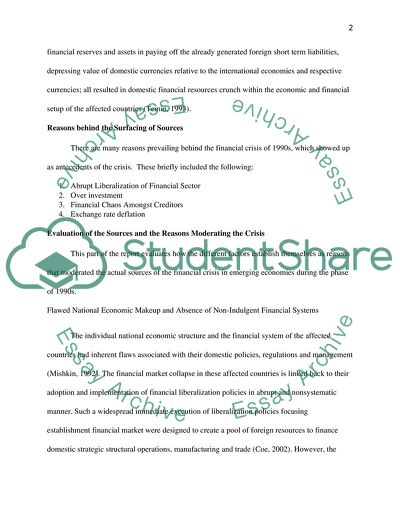Cite this document
(Roots of the Financial Crisis of 1990s and the Role of International Coursework, n.d.)
Roots of the Financial Crisis of 1990s and the Role of International Coursework. https://studentshare.org/finance-accounting/1791644-describe-the-roots-of-financial-crises-during-the-1990s-and-the-role-that-international-financial-institutions-play-in-resolving-them
Roots of the Financial Crisis of 1990s and the Role of International Coursework. https://studentshare.org/finance-accounting/1791644-describe-the-roots-of-financial-crises-during-the-1990s-and-the-role-that-international-financial-institutions-play-in-resolving-them
(Roots of the Financial Crisis of 1990s and the Role of International Coursework)
Roots of the Financial Crisis of 1990s and the Role of International Coursework. https://studentshare.org/finance-accounting/1791644-describe-the-roots-of-financial-crises-during-the-1990s-and-the-role-that-international-financial-institutions-play-in-resolving-them.
Roots of the Financial Crisis of 1990s and the Role of International Coursework. https://studentshare.org/finance-accounting/1791644-describe-the-roots-of-financial-crises-during-the-1990s-and-the-role-that-international-financial-institutions-play-in-resolving-them.
“Roots of the Financial Crisis of 1990s and the Role of International Coursework”. https://studentshare.org/finance-accounting/1791644-describe-the-roots-of-financial-crises-during-the-1990s-and-the-role-that-international-financial-institutions-play-in-resolving-them.


